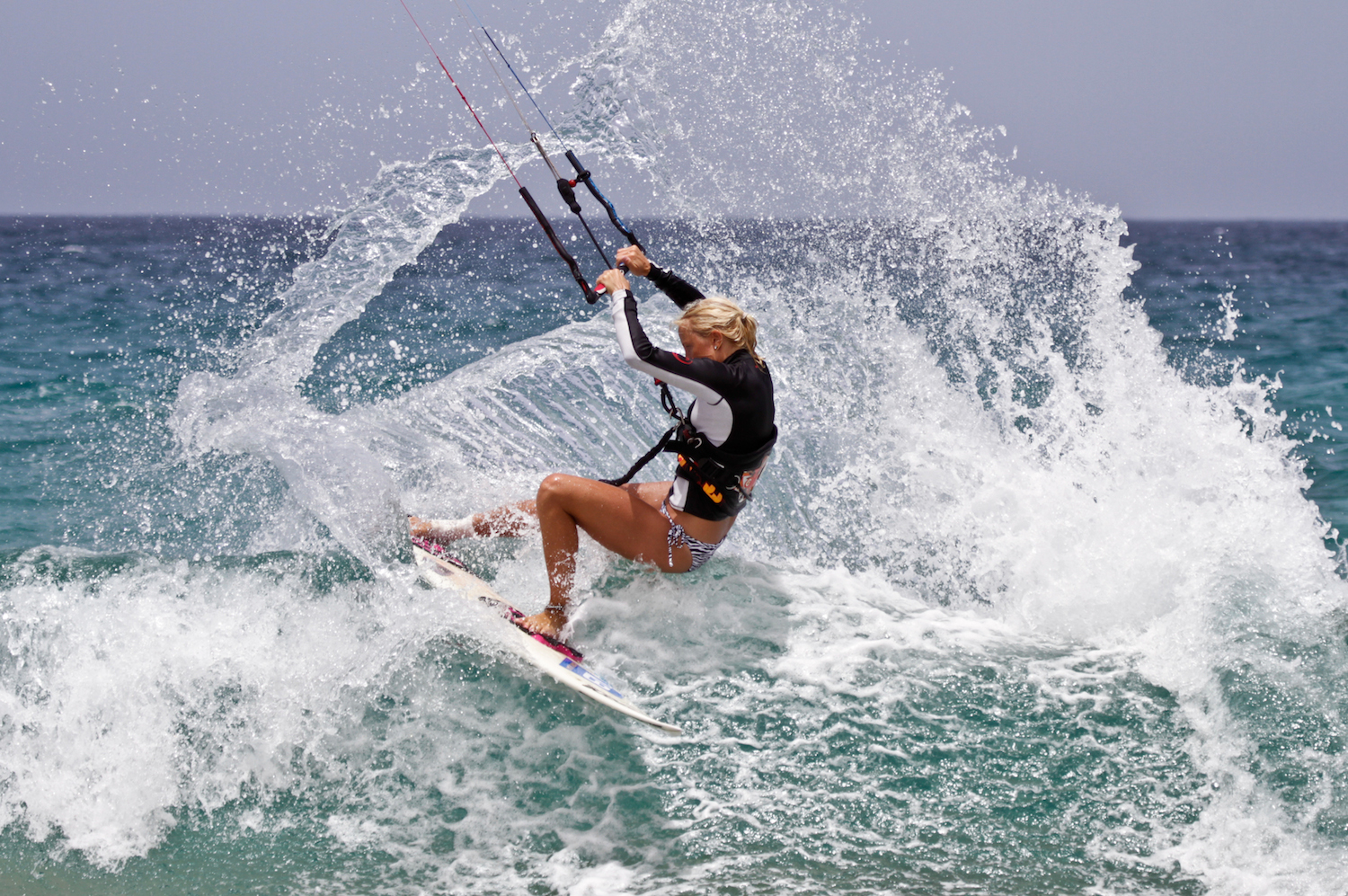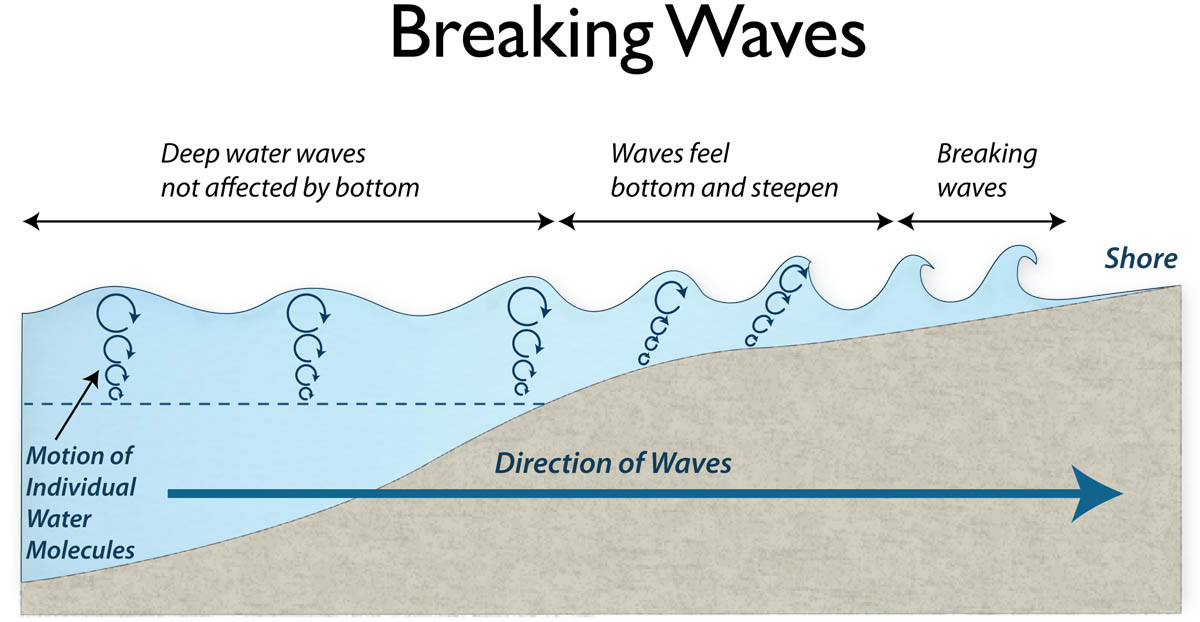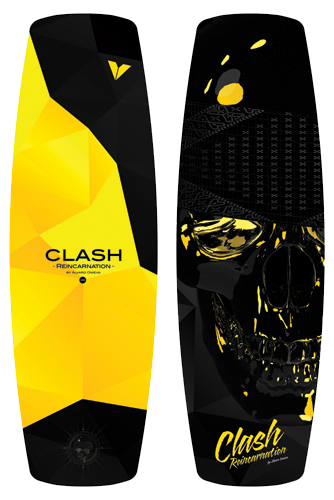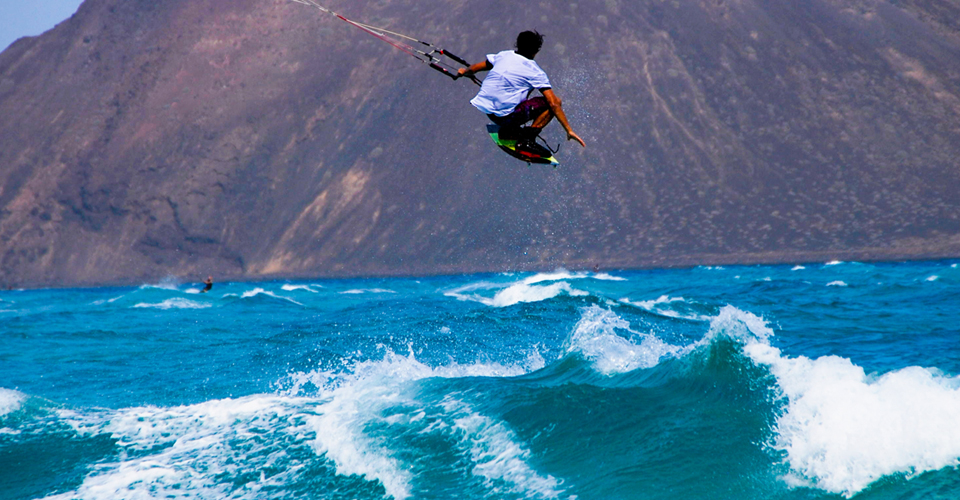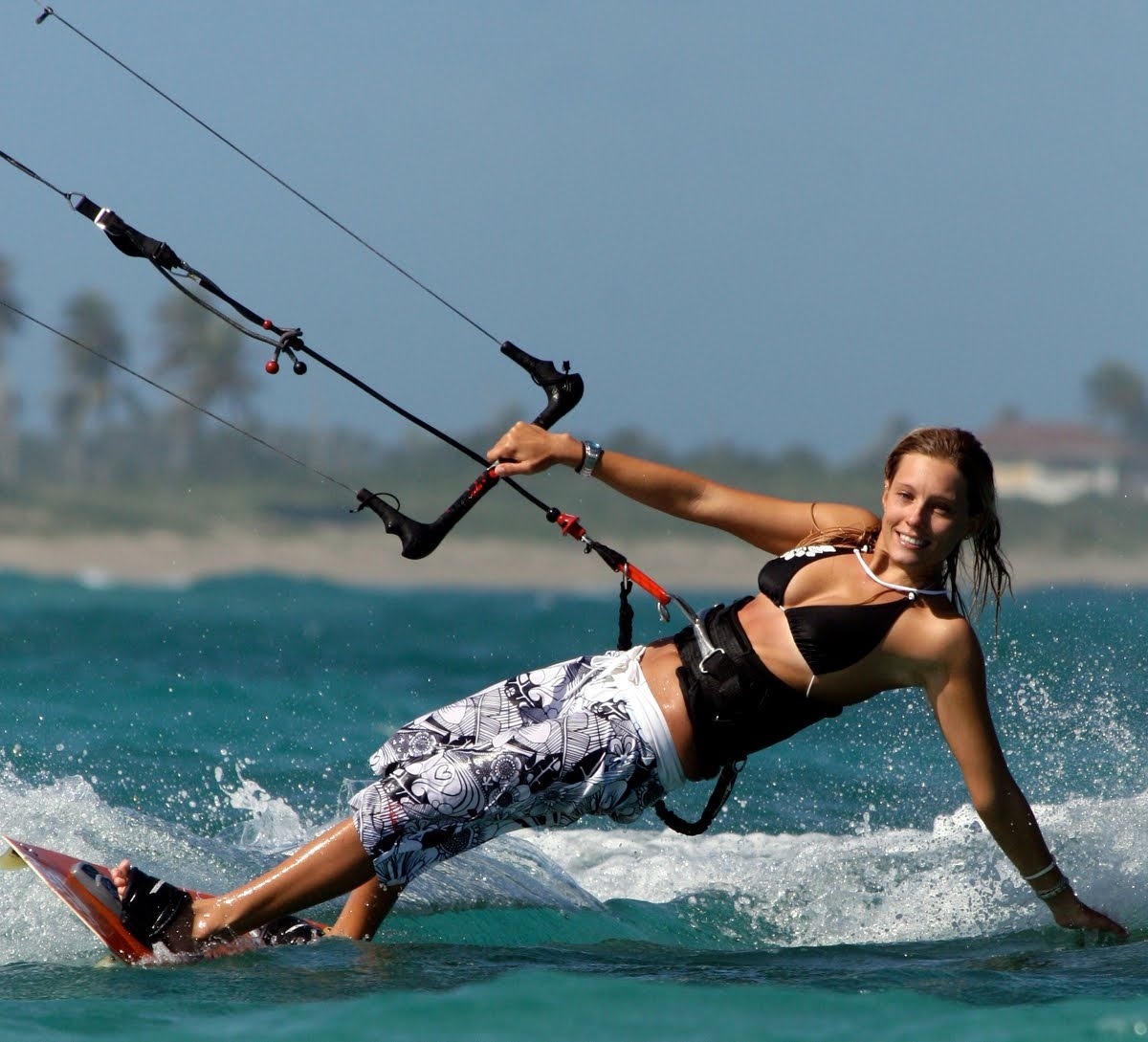
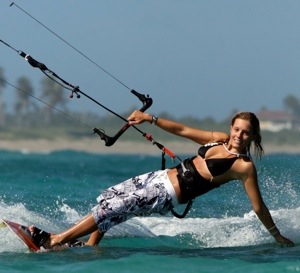
Once your up and riding fairly comfortably one of the first things you’ll look at is what exotic beach can you visit (and rip on). The choice is pretty mind boggling and it’s pretty difficult to know the pro’s and cons of one spot from another. While we’re not going to make an exhaustive list of all the spots the world has to offer (although we do have a bloomin good go at it), we will highlight some of the considerations you may make and talk about some of the more famous spots.
Before you go anywhere you need to decide what is your outcome and what you are looking for. Whether you’re a freestyler, a wave rider or just like riding up and down throwing the occasional jump will all vastly influence your choice of destination.
There are several things you might want to consider and we have a quick look at all of them here:
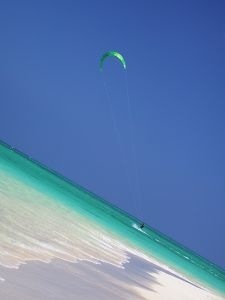
Flat Water: Often the benchmark of choice for most people because everything is so much easier on flat water. There are no waves to throw you off the board and and many locations flat water is found in waist deep lagoons which make getting back to your board after you come off as easy as standing up and walking. That said there are several reasons to be wary. Flat water is easy…much easier than even a bit of chop and this can mean frustration when moving back onto waves or even chop from flat water ad many of the tricks that were soooo easy now seem almost impossible. in our Tarifa centre we often find people coming from Egypt or Dakhla telling us they can ride only to find in Tarifa conditions they can’t even get the board on their feet. Conversely learning the other way around people have their heartache during the learning process but can then cope with anything Mother Nature throws at them.
Waves: Are generally sought out by the more experienced riders. Waves are a LOT of fun when you can handle them but try to tackle them too early and you’re setting yourself up for a world of pain. My advise is if you’re looking to get into wave riding start with small waves, a trip to Portugal for the uninitiated (or even a hardened kitesurfer) can be intimidating with its rocky bays, brutal rip currents and powerful waves. That said if you’re a hard core wave rider there are few better places on Earth.
Bump & Jump: Often offering the best of both worlds bump & jump location will often have small wind blown chop or small waves with flatter sections in between. Perfect for the all round rider who wants a bit of everything.
Want It All?
Note many locations will offer 2 or even all 3 of the above conditions depending on which beach you go or what time of year you go. Brazil for example has huge flat water lagoons and great wave riding action to be found within a stone’s throw of each other.
The Most Important Ingredient
There are several other obvious factors which will influence your choice of location the most obvious being wind!
Many locations (in fact most) have a definite season when it is windy. In Europe the more reliable winds are generally to be found in the summer there the thermal properties of the wind make them blow consistently day after day. As soon as it starts getting colder wind tends to brought in by the low pressures sweeping in from the Atlantic and becomes more difficult to predict. There are several exceptions to this Tarifa for example doesn’t really have a windy season…it’s just bloomin windy all year round, it’s wind being due to the unique topography there.
It is obviously of vital importance to know what the wind is expected to do at that time of year before you book your holiday. Many a friend of mine has been sunbathing all week as a result of getting this wrong. Some places are windy all year round and it’s just luck of the draw as to whether there’s wind during the time you’re there. It is important to remember that wind is NEVER guaranteed at any location and if you go with a few no wind plans in place you’ll never come back from you holiday desolate because the wind failed to perform…this for me is crucial.
Wind strength is another obvious factor which you need to consider before you go. A week in Capetown during their season when it’s regularly blowing 35kts requires a very different mindset and very different kites to a week in Kenya where typically the wind is much lighter.
Guaranteed Wind..Pull The Other One
As we mentioned earlier wind is never guaranteed and you might want to check out what other activities are on offer before you commit. If you’re fine chilling on the beach reading a book, great, but if you get hyperactive doing nothing then a few active non wind related past times in the general area are probably crucial.
Ok so having covered the basics where are these places?
Year Round Location List
January
- Western Oz
- Cape Verde
- Cape town-South Africa
- La Ventana – Mexico
- Boracay – Philipines
- Namibia
- St. Louis-Senegal
- Copal-Costa Rica
- Mui Ne Bay-Vietnam
- Auckland-NZ
- Nashiro-Japan
- Baja
- Barbados
- Kenya-mombasa
- BVIs
- Carmelo-Uruguay
- Buenos Aires – Argentina
- Hong Kong
- Tarifa
- Puclaro-Chile
- Yemen-Red Sea
February
- Margarita
- Western Oz
- St. Louis-Senegal
- Cape Verde
- Melbourne
- Hua Hin – Thailand
- Cape Town – South Africa
- La Ventana – Mexico
- Boracay – Philipines
- Cap Chevalier-Martinique
- Zanzibar-Tanzania
- Copal-Costa Rica
- Mui Ne Bay-Vietnam
- Belize
- Florida-USA
- Nashiro-Japan
- Baja, Barbados
- South Padre Island-(TX)USA
- Esbjerg-Denmark
- Cabarete
- Bonaire-Carib
- St. Lucia-Carib
- Whitehaven-Whitsunday Islands
- BVIs
- Noordwijk ann Zee-Netherlands
- Tarifa
- Puclaro-Chile
- Yemen-Red Sea
March
- El Gouna-Egypt
- Cape Verde
- St. Louis-Senegal
- Cabarete
- Margarita
- Western Oz
- Hua Hin – Thailand
- Cape Town – South Africa
- La Ventana – Mexico
- Esbjerg-Denmark
- Antigua
- Goa
- Cap Chevalier-Martinique
- Zanzibar-Tanzania
- Copal-Costa Rica
- Mui Ne Bay-Vietnam
- Belize
- Florida-USA
- Barbados
- South Padre Island-(TX)USA
- Bonaire-Carib
- St. Lucia-Carib
- Negombo-Sri Lanka
- BVIs
- Ibiza
- Ireland
- UK
- Cape Hatteras-USA
- Tarifa
- Puclaro-Chile
- Yemen-Red Sea
April
- Margarita
- Western Oz
- Hua Hin – Thailand
- Antigua
- Cap Chevalier-Martinique
- Belize
- Banff-Canada
- Barbados
- South Padre Island-(TX)USA
- Safaga-Egypt
- Bonaire-Carib
- St. Lucia-Carib
- Whitehaven-Whitsunday Islands
- Negombo-Sri Lanka
- Ibiza
- Ireland
- UK
- Tarifa
- Cape Hatteras-USA
- Puclaro-Chile
May
- Margarita
- Antigua
- Cape Hatteras-USA
- Leucate-France
- Essaouira-Morocco
- Iraq
- El Vaque-Venezuela
- Ras Sudr – Egypt
- Rhodes-Greece
- Porto Pollo – Sardinia
- Fuerteventura
- Cabarete
- Bonaire-Carib
- St. Lucia-Carib
- Whitehaven-Whitsunday Islands
- Ibiza
- Aruba-Carib
- Tarifa
- UK
- Puclaro-Chile
- Mancora-Peru
June
- Fuerteventura
- Tenerife
- Cabarete
- Raratonga
- The Gorge – USA
- Bol-Croatia
- Foddini-Italy
- Ponto de Oura-Mozambique
- Seychelles
- Maui-USA
- Fiji
- Essaouira-Morocco
- Guincho-Portugal
- El yaque – Venezuela
- Rhodes – Greece
- Levkada – Greece
- Dakhla – Morocco
- Corsica
- Rhodes-Greece
- Pirlanta-Turkey
- Paramali-Cyprus
- Porto pollo-Sardinia
- Lanzarote
- Bonaire-Carib
- St. Lucia-Carib
- Sri Lanka
- Tarifa
- Aruba-Carib
- Puclaro-Chile
- Mancora-Peru
July
- Cabarete
- Fuerteventura
- Tenerife
- Mauritius
- Naxos-Greece
- Raratonga
- Leucate-France
- The Gorge – USA
- Pirlanta-Turkey
- Bol-Croatia
- Foddini-Italy
- Seychelles
- Solomon Islands
- Maui-USA
- Fiji
- Tahiti
- Essaouira-Morocco
- Guincho-Portugal
- El yaque – Venezuela
- Rhodes – Greece
- Levkada – Greece
- Dakhla – Morocco
- Corsica
- Paros-Greece
- Porto pollo-Sardinia
- Lanzarote
- El Gouna-Egypt
- Safaga-Egypt
- Sinai
- Eilat-Israel
- Paramali-Cyprus
- Sri Lanka
- Maui-USA
- Aruba-Carib
- Puclaro-Chile
- Tarifa
- Mancora-Peru
August
- Cabarete
- El Gouna-Egypt
- Fuerteventura
- Tenerife
- Brazil
- Mauritius
- Cape Verde
- Naxos-Greece
- Raratonga
- The Gorge – USA
- Bol-Croatia
- Pirlanta-Turkey
- Foddini-Italy
- Zanzibar-Tanzania
- Guincho-Portugal
- Seychelles
- Solomon Islands
- Polynesia
- Maui-USA
- Fiji
- Tahiti
- Essaouira-Morocco
- Corsica
- Rhodes-Greece
- Paramali-Cyprus
- Paros-Greece
- Lanzarote
- Safaga-Egypt
- Eilat-Israel
- Sinai
- Sri Lanka
- Maui-USA
- Aruba-Carib
- Tarifa
- Puclaro-Chile
- Mancora-Peru
September
- El Gouna-Egypt
- Tucus-Brazil
- Mauritius
- Pirlanta-Turkey
- Zanzibar-Tanzania
- Seychelles
- Solomon Islands
- Polynesia
- Sumbawa – Indonesia
- Maui-USA
- Madagascar
- UK
- Corsica
- Ireland
- Canada
- Germany
- Israel
- Sinai
- Noordwijk ann Zee-Netherlands
- Puclaro-Chile
- Tarifa
- Mancora-Peru
- Cumbuco Brazil
October
- Tucus-Brazil
- Western Oz
- Sumbawa – Indonesia
- Madagascar
- New Caledonia
- Chile
- UK
- Esbjerg-Denmark
- Ireland
- Buenos Aires-Argentina
- Carmelo-Uruguay
- Noordwijk ann Zee-Netherlands
- Cape Hatteras-USA
- Tarifa
- Puclaro-Chile
- Mancora – Peru
- Cumbuco – Brazil
November
- Melbourne
- Cape town-South Africa
- Tucus-Brazil
- Western Oz
- Namibia
- Sumbawa – Indonesia
- Auckland-NZ
- Madagascar
- New Caledonia
- Buenos aires-Argentina
- Carmelo-Uruguay
- Hong Kong
- Leucate-France
- Noordwijk ann Zee-Netherlands
- Tarifa
- Puclaro-Chile
- Cumbuco Brazil
December
- Melbourne
- Tucus-Brazil
- Cape Verde
- Western Oz
- Cape town-South Africa
- La ventana-Mexico
- Namibia
- Copal-Costa Rica
- Mui Ne Bay-Vietnam
- Auckland-NZ
- Nashiro-Japan
- Baja
- New Caledonia
- Boracay – Philipines
- Buenos aires-Argentina
- Carmelo-Uruguay
- Monastir – Tunisia
- Hong Kong
- Leucate – France
- Cape Hatteras-USA
- Tarifa
- Puclaro-Chile
- Yemen-Red Sea* – means varies depending on the island or side.** – monsoon season this is the dry side of the island
Feel free to add you’re own suggestions in the comments below:
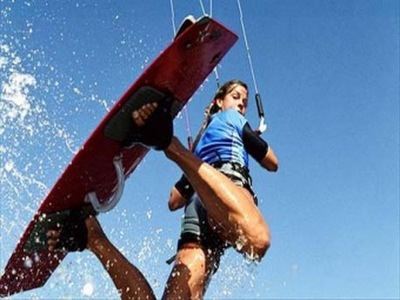
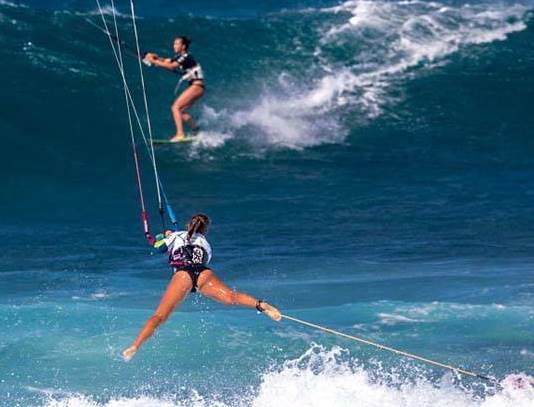
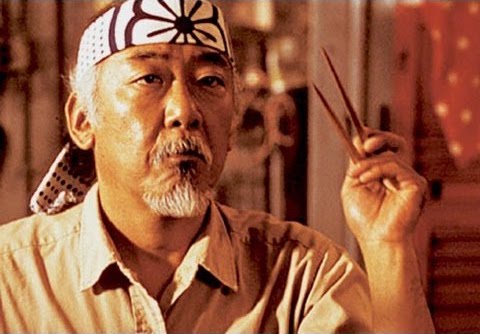


 What myelin does is coat this pathway so every time that skill is triggered (i.e. every time you go to pick your nose) a little bit of myelin is produced which wraps around the neural pathway that links your brain to your chosen picking finger.
What myelin does is coat this pathway so every time that skill is triggered (i.e. every time you go to pick your nose) a little bit of myelin is produced which wraps around the neural pathway that links your brain to your chosen picking finger.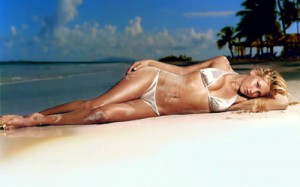
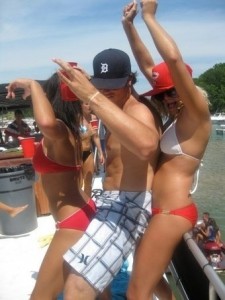 So how can you put yourself in a peak state? The simple answer is to celebrate. Celebrate all your victories even the little ones, heck, especially the little ones (then you get more chances to celebrate!). How you do this? After every exercise or learning attempt look for the good in what you have just done no matter to how small it may be. If you can combine this mental celebration with a physical act all the better. What do I mean by that?(and I fully concur…this is where we get a little American) giving yourself a little pat on the back, a solo high-five, a fist pump and I defy any of you, that any of you to stay in a bad mood whilst you’re grinding your hips with that oh so sexy look on your face.
So how can you put yourself in a peak state? The simple answer is to celebrate. Celebrate all your victories even the little ones, heck, especially the little ones (then you get more chances to celebrate!). How you do this? After every exercise or learning attempt look for the good in what you have just done no matter to how small it may be. If you can combine this mental celebration with a physical act all the better. What do I mean by that?(and I fully concur…this is where we get a little American) giving yourself a little pat on the back, a solo high-five, a fist pump and I defy any of you, that any of you to stay in a bad mood whilst you’re grinding your hips with that oh so sexy look on your face.